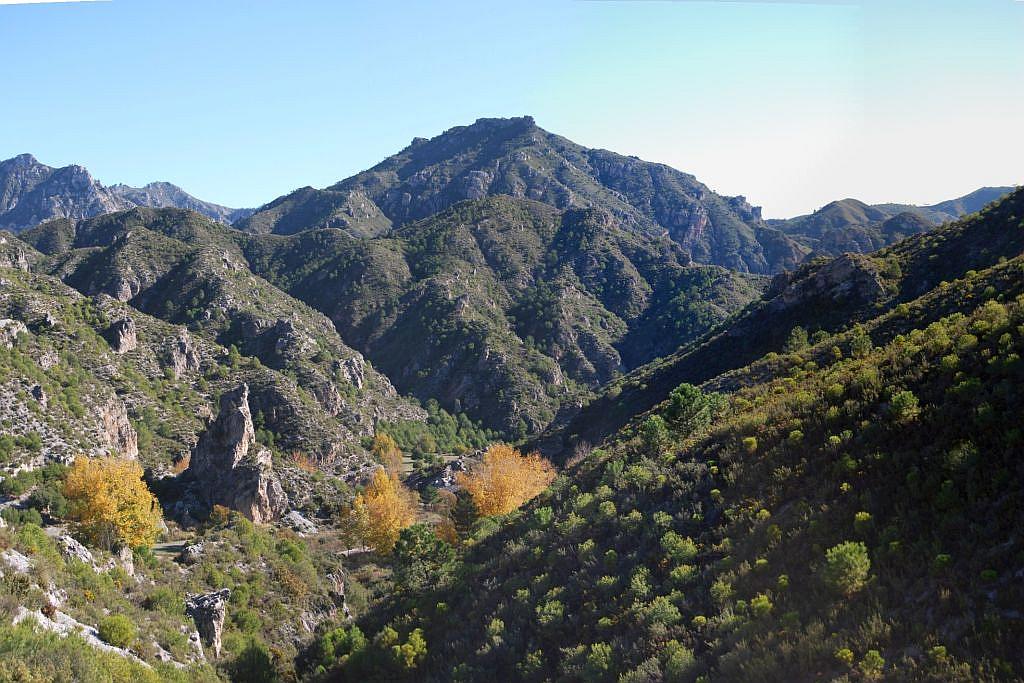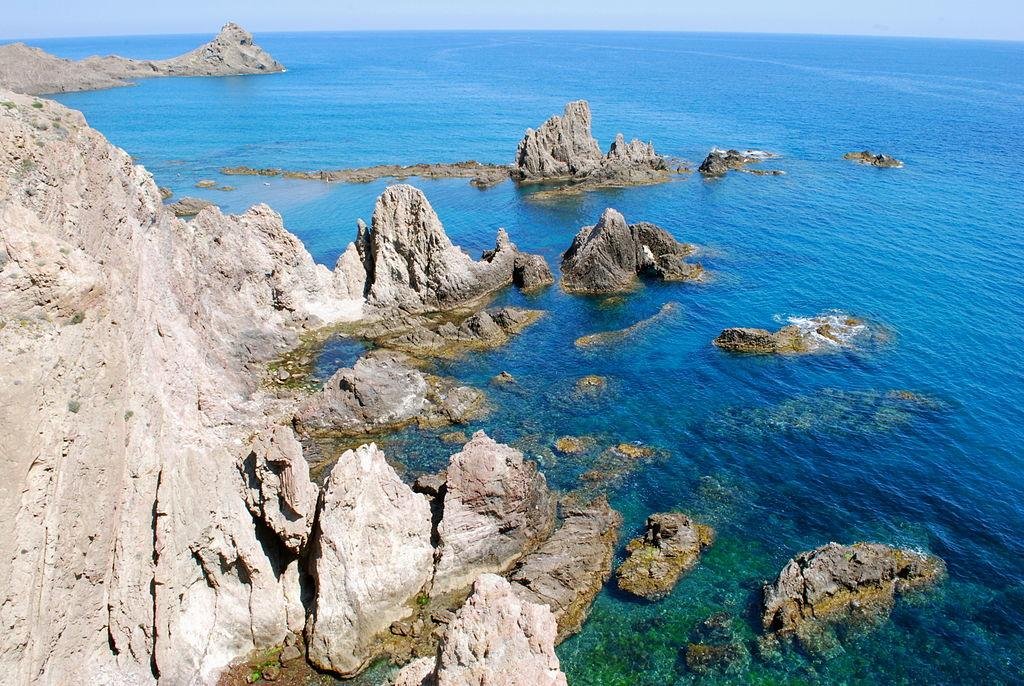- Region: Andalucia
- Province: Granada
- Declared a Natural Park: 1989
- Park surface area: 53,649 hectares
Towns and villages in the area
Baza, Caniles, Dólar, Gor, Valle de Zalabí
Find a place to stay in the Sierra de Baza over at Booking.com.
Points of interest
The sierra de Baza with its limestone peaks over 2000m is a relatively humid, botanical jewel between two arid plains of Las Hoyas de Guadix-Baza and the Llanos del Marquesado. It is part of the Cordillera Penibética range with the highest peak of Santa Bárbara at 2,271m. The steep slopes have a covering of pines with oaks and acer.
I’ve been living in this lovely area of Western Andalucia for the last 20 years or so and dedicate most of my time to the running of English language tourist information websites for the towns of Cádiz, Ronda, Grazalema, the famous or infamous Caminito del Rey, and also Wildside Holidays, which promotes sustainable and eco-friendly businesses running wildlife and walking holidays in Spain. My articles contain affiliate links that will help you reserve a hotel, bus, train or activity in the area. You don’t pay more, but by using them you do support this website. Thankyou!



